Clinch Knot vs. Uni Knot [Braid, Mono & Fluoro Knot Strength Tests]
- By: Luke Simonds
- on
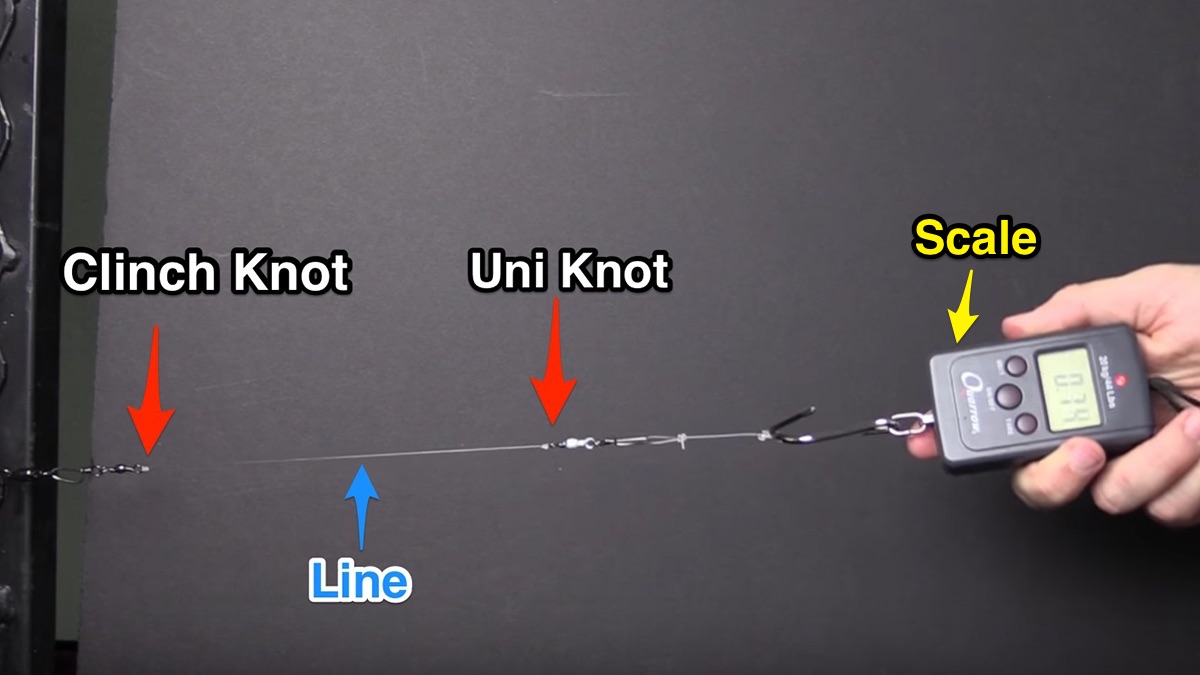
Two of the most well known and used fishing knots are the Clinch Knot and the Uni Knot.
These are versatile knots that are commonly used for snug terminal connections. The Uni Knot is also commonly used to connect two pieces of fishing line together.
These are both easy-to-tie knots that can be whipped up quickly on the water. They are also both relatively strong for how easy they are to tie.
There is some debate about which of these knots is the better one to use and what kind of lines you should use them for.
We wanted to settle this debate once and for all and decided to set up some strength tests to see if the Clinch Knot or the Uni Knot is ultimately stronger.
In this article, I test both of these knots against each other on fluorocarbon, monofilament and braid lines to see which knot is the best to use for each type of line.
Clinch Knot vs. Uni Knot Strength Test Procedure
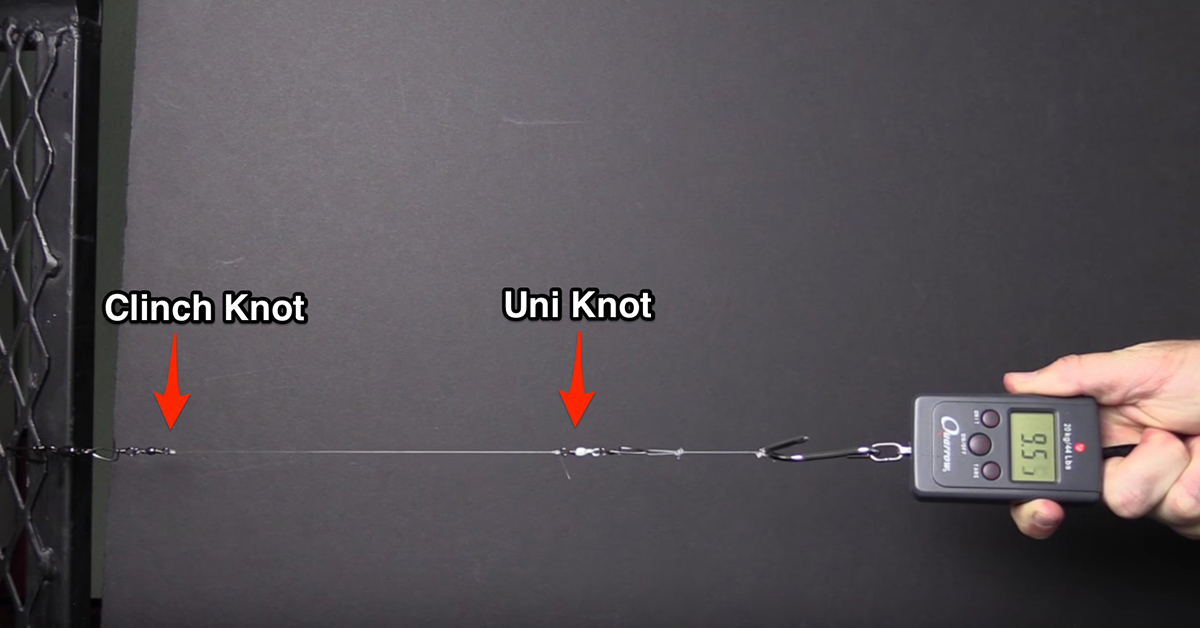
For this experiment, we did three different strength tests two times each with each fishing line.
We connected each fishing line to two snap swivels on each side of the line — one end using the Clinch Knot and the other using the Uni Knot. Both knots were made with five wraps each.
We then attached one snap swivel to a stationary object. We attached the opposite snap swivel to a scale using a Perfection Loop and 80 lb mono.
Next, we pulled the line by the scale until one of the knots broke. After that, we switched the knots so the opposite knot was connected to the scale and repeated the process.
Whichever knot broke first was the weaker of the two knots on that type of fishing line.
We repeated this process for each fishing line.
Go To Our Knot Testing Homepage [Full Knot Rankings]
Fluoro Test: Clinch Knot vs. Uni Knot
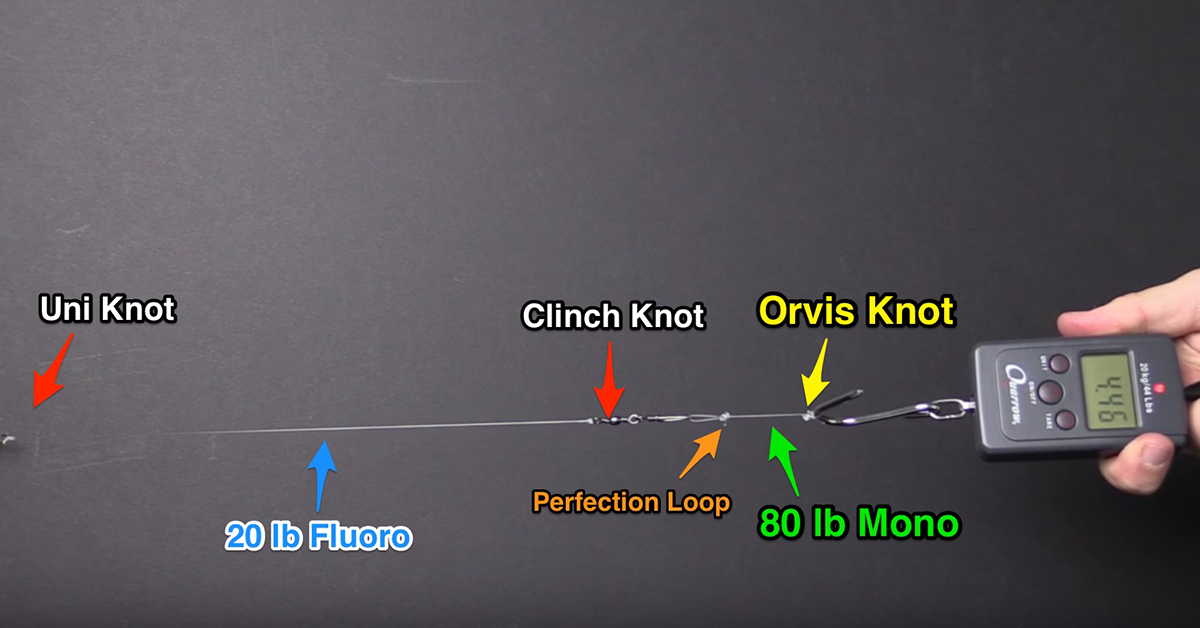
For the fluorocarbon test, we used 20 lb Berkley Vanish line for the tests.
We attached the Clinch Knot to the side with the scale and the Uni Knot to the stationary object for the first round.
For the second round, we attached the Uni Knot swivel to the scale and the Clinch Knot to the stationary object.
We then pulled on the line using the scale and measured the force and what knot broke first.
Fluoro Test Results
- Clinch Knot to scale: the Uni Knot Broke at about 14 lbs of force.
- Uni Knot to scale: the Uni Knot Broke at about 13 lbs of force.
Winner: The Clinch Knot is the stronger knot to use for fluorocarbon fishing line.
Go To Our Knot Testing Homepage [Full Knot Rankings]
Mono Test: Clinch Knot vs. Uni Knot
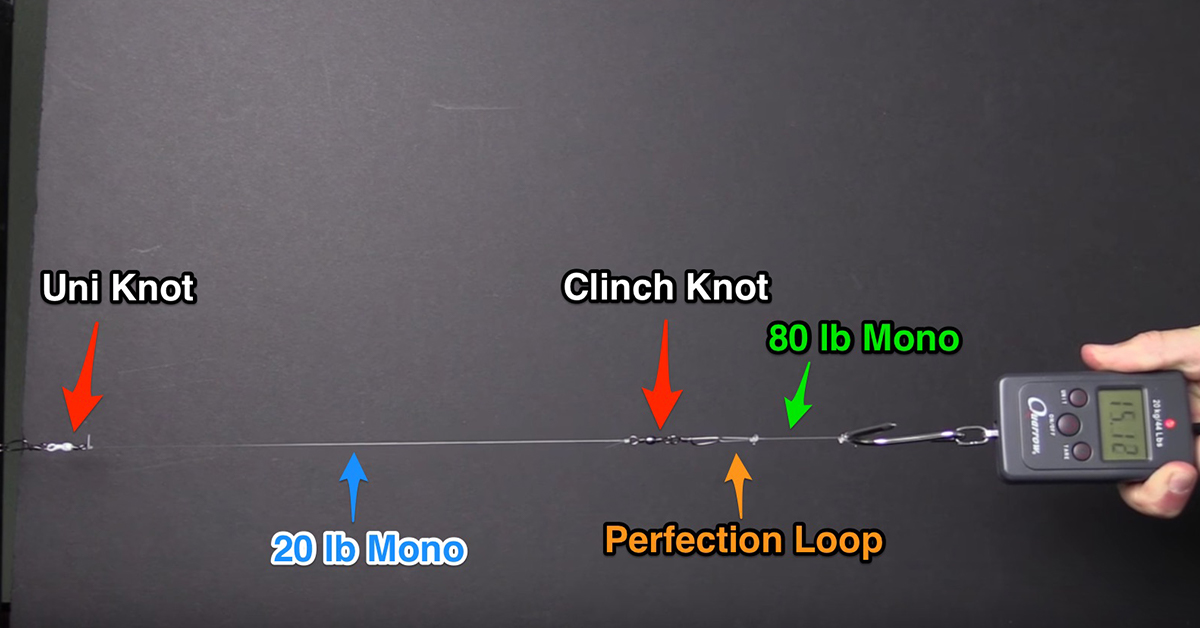
For the mono test, we used 20 lb Berkley Big Game mono line.
We repeated the same process for the mono test that we did for the fluoro test.
The results were as follows:
Mono Test Results
- Clinch Knot to scale: the Uni Knot broke first at 20 lbs of force.
- Uni Knot to scale: the Uni Knot broke first at 15 lbs of force.
Winner: The Clinch Knot is the stronger knot to use for monofilament fishing line.
Go To Our Knot Testing Homepage [Full Knot Rankings]
Braid Test: Clinch Knot vs. Uni Knot
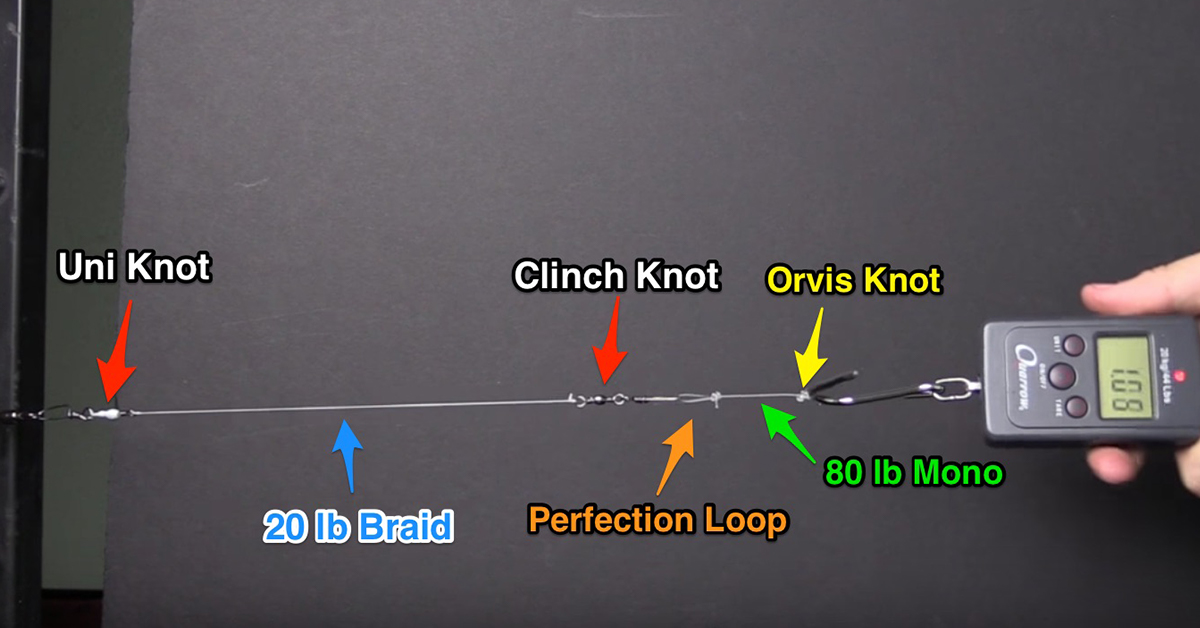
For the braid test, we used 20 lb PowerPro fishing line.
We repeated the same process for the braid test that we did for the fluoro and mono test.
The results were as follows:
Braid Test Results
- Clinch Knot to scale: the Clinch Knot broke first at 5 lbs.
- Uni Knot to scale: the Clinch Knot broke first at 7 lbs.
Winner: The Uni Knot is the stronger knot to use for braid fishing line.
Learn more about the Insider Fishing Club
Clinch Knot vs. Uni Knot Strength Test Video
In this video, we show you the full experiment for each fishing line and the results of which line is knot stronger.
Learn more about the Insider Fishing Club
Conclusion
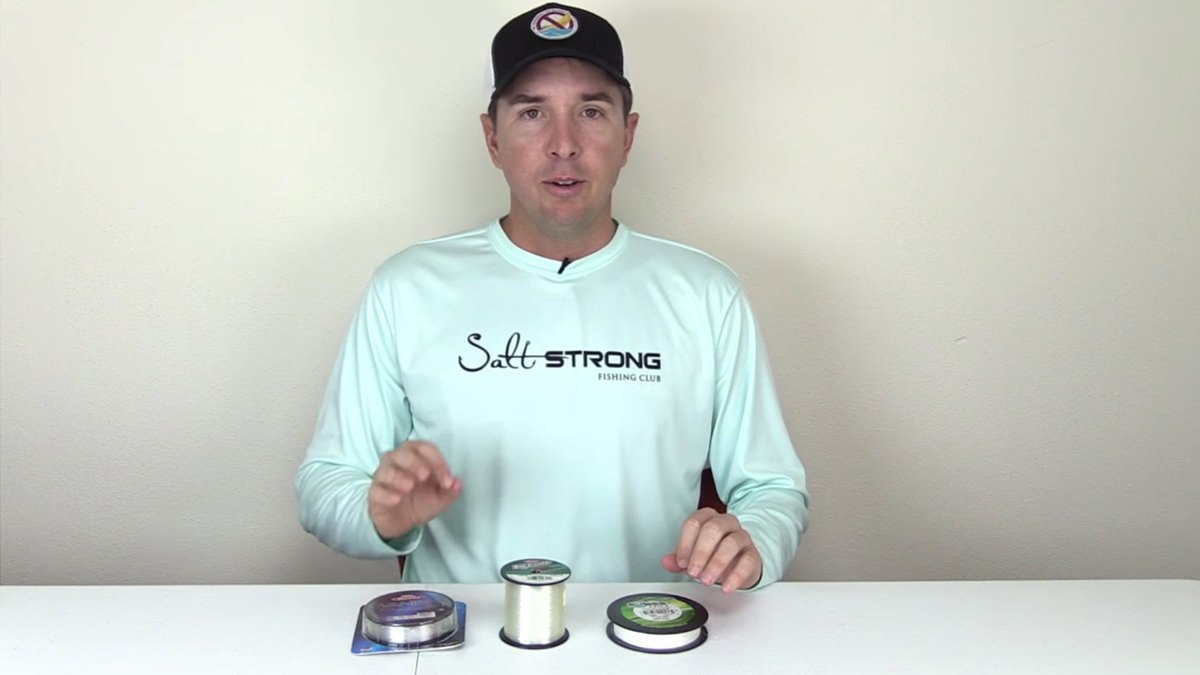
These tests show that there is a distinct advantage to using the Clinch Knot with fluorocarbon and monofilament lines.
It also shows that the Uni Knot is the better option for braid line.
Another interesting thing we saw was how much stronger monofilament vs. fluorocarbon fishing line is. Check out our mono vs. fluoro abrasion test here to see more about this.
If you have any questions about these tests or have a suggestion for how to improve it, let us know in the comments section!
Don’t forget to check out our knot rankings page to see the strongest knots we’ve tested so far.
Tight Lines!
Related Posts:
1. The ALBRIGHT vs The ALBERTO vs The FG Knot [Strength Test]
2. FG Knot Vs. The Bimini Twist [Strength Test]
3. The Strongest Line-to-Line Fishing Knot (Mono-to-Mono Knot Contest)
Do You Want To Quickly Find New Fishing Spots In Your Area?
Then you’ve got to see this private fishing club!
Here’s what you’ll receive today:
- Weekly fishing reports and TRENDS revealing where the inshore fish are feeding all year long
- Weekly “spot dissection” videos that walk you through all the best spots in certain areas
- Exclusive fishing tips from the PROS you can’t find anywhere else
- Everything you need to start catching fish more consistently (regardless if you fish out of a boat, kayak, or land).
Click here to join today.
Related categories:
STOP WASTING TIME ON THE WATER!
Do what the “SMART ANGLERS” are doing and join the Insider Club.
Here’s what you’ll receive today when you join:
- Weekly fishing reports and TRENDS revealing exactly where you should fish every trip
- Weekly “spot dissection” videos that walk you through all the best spots in your area
- Exclusive fishing tips from the PROS you can’t find anywhere else
- Everything you need to start catching fish more consistently (regardless if you fish out of a boat, kayak, or land).







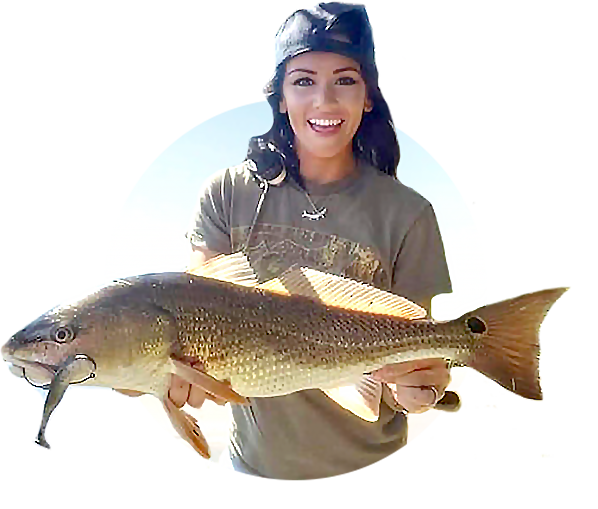
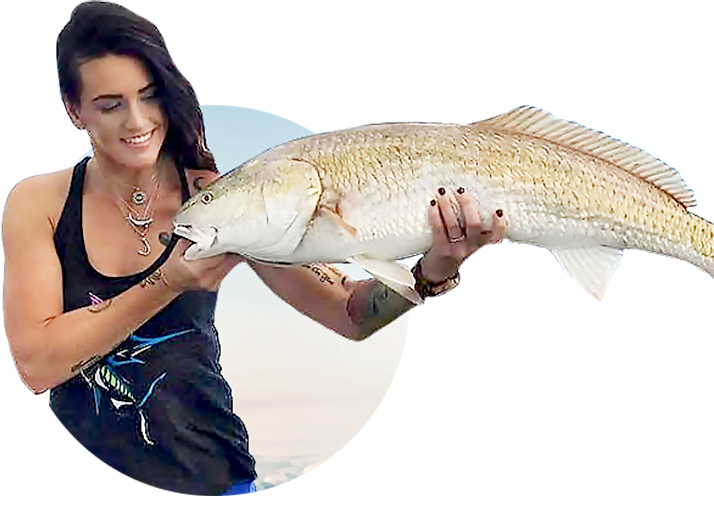

i usually do a double clinch knot, i find it is stronger.
Sometimes, i actually use the normal clinch on my leader to hook.
That way if i am snagged, the normal clinch will fail first.
All i would need to do is just retie another hook rather than replace the whole leader
Good Idea,
Could yo please showing us the experiment like this about how many turns line at both of them is the best or ideal ???
rgs
My friend, You are not tying the clinch knot properly, so it is loosening. You make the same mistake as many old fishermen
Could you please explain what you feel is not being done properly?
My friend. My English is not very good, but I will try to explain it to the best of my ability.
I saw how the knot slipped and this happens for two reasons: either you have made less than 6 turns to the thread, or you have inserted the thread through the ring only once (you have to do it twice)
Best regards
The purpose of the contest was to test out the type of turns of the Clinch knot vs. the Uni knot, so they both had 5 turns in this experiment to keep it even.
And since most people only go through the hook eye once, that’s what I used for the test.
Based on the results, the Uni knot’s turns are better than the Clinch knot all else being equal… so adding in another loop back through the hook or adding more turns would make them both stronger.
Ok i agree.
Best regards
Having problems with 80lb braid to 100 lb floro. Knor snugs up after 2 loop knots. Cut the tag off floro and knot pulls off
Hi… could you put all the data as you test into a table or line graphs as you go along?
Because of your great info I’ve gone away from uni knots and now use six wrap surgeon knot braid to floro and loop knot to lure. Have had issues snugging FJ knot. Old dogs can learn new tricks. Thanks again
The first knot I learned at 10 years old was the “Improved clinch knot.” Sixty-two years later I still use that knot most. I’ve learned a lot of knots but I can tie the improved clinch knot in my sleep. And while I may just have a poor memory I don’t ever remember a failed knot in all those years of serious fishing; bluegills to bluefin tuna.. Broken line, broken leader, bent hooks, but not a knot failure. Nice to see this test justify my favorite .
Good stuff, Luke…..I assume the improved clinch knot would even outperform the clinch knot.